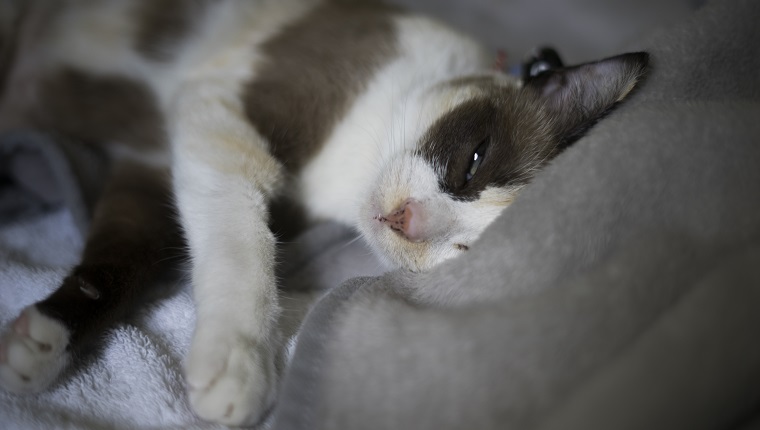Septic arthritis in cats is an inflammatory condition that sets in when bacteria and infectious microorganisms enter a cat’s joints. The cause is often a traumatic injury or surgery on the joints.
Thankfully, while the condition is quite common in dogs, it is pretty rare in cats.
If you see signs that your cat might be suffering from the…






